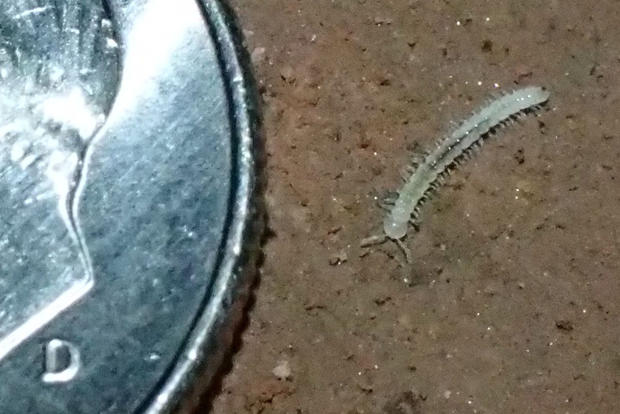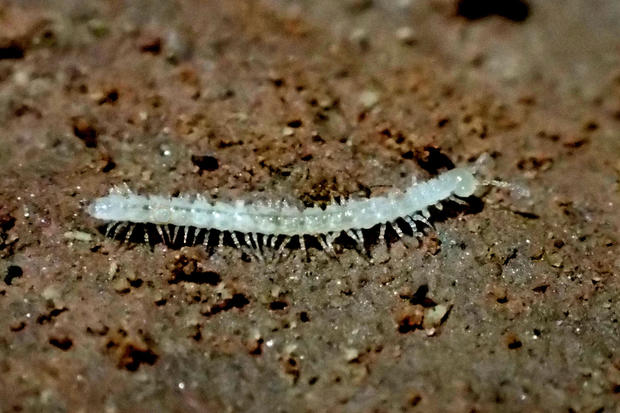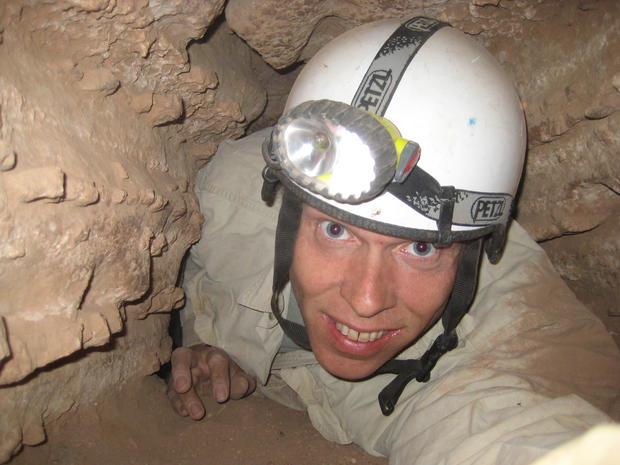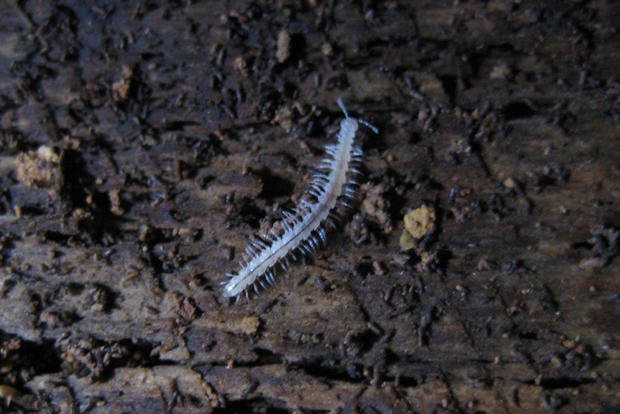Albino Millipedes With No Eyes Discovered In Colorado Caves
DENVER (CBS4) — A researcher at the Denver Museum of Nature & Science, discovered four new species of millipede in Colorado caves that are albino and don't have eyes. The millipedes live deep underground in total darkness. And, in case you're wondering, they are harmless to humans. They're also very tiny.
Researchers say these albino millipede species evolved underground for millions of years. Because they are eyeless, they sense their surroundings using antennae and small hairs called setae.
Researchers say they don't have 1,000 legs like "milli" implies -- these millipedes have just 17 pairs of legs.
They are among the smallest in the world -- one is just 4 mm long and as thin as dental floss.
David Steinmann, a research associate in the zoology department at the Denver Museum of Nature & Science, is credited with discovering the four new species. Steinmann, his wife Debbie, and their teenage son Nathan, explore high altitude caves to discover new species of life where no one has looked before.
"Finding a new species does not require traveling to exotic places, there is so much to be discovered right here in Colorado," Steinmann said. "There are many unique areas to explore in our wonderful state."
These newly identified millipedes are part of a new genus named Coloradesmus because they are only known from Colorado.
They are named to honor Colorado residents. DMNS explained how the names were chosen:
- "One of the new millipedes—Coloradesmus manitou—is from the famous Cave of the Winds in Manitou Springs. (David Hubbard from Virginia helped discover this new species.)"
- "The second new cave millipede—Coloradesmus beckleyi—was named in honor of Steve Beckley, the owner of Glenwood Caverns Adventure Park in Glenwood Springs. Beckley introduced countless people to great caving experiences at Glenwood Caverns and he advocates for cave protection. At 4 mm long and as thin as dental floss, these are some of the smallest millipedes on earth."
- "The third new species was named Coloradesmus warneri in honor of Ed Warner, an avid environmentalist who is also known for his contributions to Colorado State University and the Denver Museum of Nature & Science. Steinmann discovered these tiny millipedes in 2009 on Larimer County Open Space while crawling around a tight, wet cave outside Fort Collins."
- "The fourth new species was named Coloradesmus hopkinsae in honor of Kay Hopkins with the U.S. Forest Service White River National Forest for her dedication to cave conservation and preservation. Steinmann and Hubbard discovered this species in five U.S. Forest Service caves."
The original specimens known as holotypes are in the Denver Museum of Nature & Science's collections.







